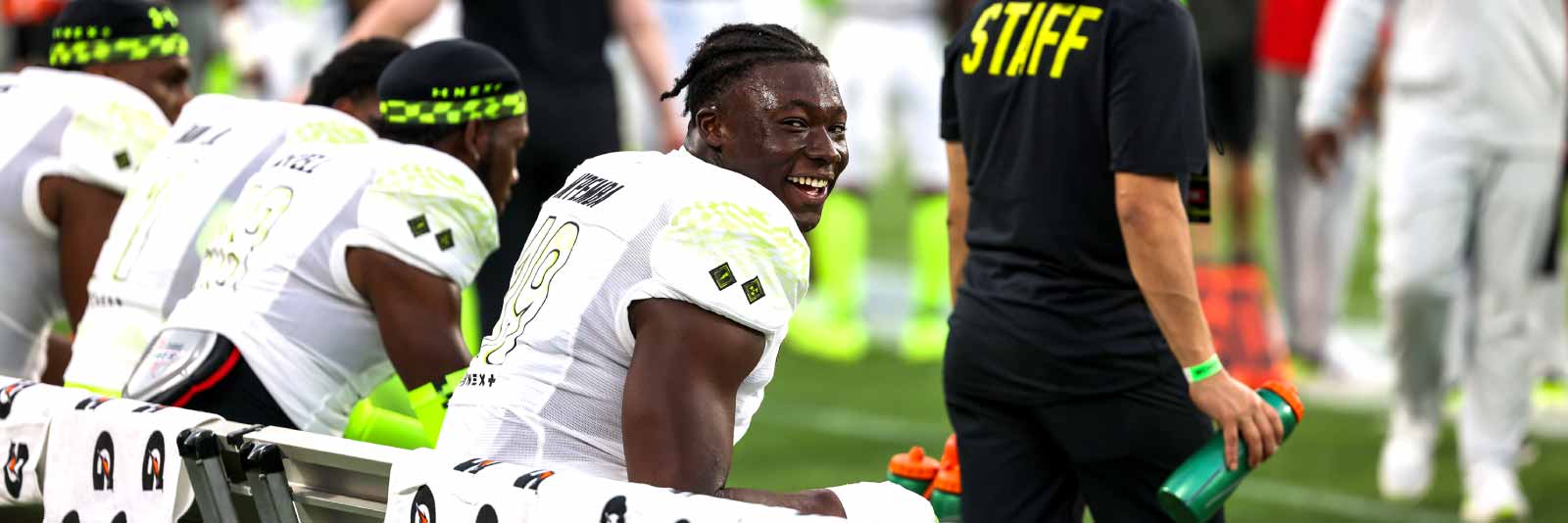College Rosters: What You Can Learn From Them

Earning a college roster spot is part of a long process and a culmination of lots of hard work. But it isn’t just about athletic performance—there are other factors at play. In order to get the best show at competing in college, student-athletes should research college rosters to see how they can fit.
“What do college sports programs look for?” and “What are college coaches looking for?” are two common questions that we get here at NCSA, but a deeper look at a program’s roster can help athletes and families answer those questions. By spending the time to look on a college program’s website and analyze the roster, potential recruits can save themselves a lot of time and effort.
Researching College Rosters
Things To Review:
Will the team be recruiting your position or event?
As a prospect, you could be a standout athlete that many college coaches would love to have on their roster. However, if you play a certain position or compete in a certain event and your target school has a logjam of athletes at that position or event, then it will be difficult to earn a roster spot.
On the other hand, if you look at a college roster and see that there are several seniors graduating the same year that you will be coming into college, that shows the college coach may have a need for new recruits.
One thing to note is that certain college programs recruit more transfers and junior college student-athletes than others. It’s smart to keep an eye out for this, especially for potential recruits who are still a few years away from college.
By tracking athletes at each position and event, graduating seniors and incoming transfers, potential recruits can get a good idea of when the college coach will need to fill roster spots.
Is the team a good athletic fit?
Considering over 45% of underclassmen athletes are not listed on their college roster the following year, it’s important for recruits to understand their athletic fit with any team. Is playing at a D1 program your top priority, even if it means getting little to no playing time for multiple years? Would you be more satisfied getting more playing time and having more free time while getting a great education at a high-academic D3 college? These are questions to ask yourself.
Potential recruits can also do some valuable research by looking into the athletic level of the college roster and ask themselves:
- Does your size compare to that of rostered athletes? For many sports, including volleyball, basketball and football, among others, size is the first thing that a college coach evaluates for potential recruits. Not meeting size standards will mean you’ll have to go above and beyond the athletic level of players on the roster.
- Do your times or results compare to those of rostered athletes? If not, it will be difficult to keep the interest of the coach. Especially for sports like swimming or track and field.
- Do you have the rankings to get noticed by the coach? For sports like golf and tennis, rankings (like AJGA or USTA) provide strict guidelines that college coaches can compare prospects with. If you’re not ranked or have a low ranking, you’ll have to focus on improving.
- Does your club team compete in events the program recruits from? Many college coaches recruit a good portion of their athletes from a handful of tournaments, showcases and combines. If rostered athletes are coming from the same events—like basketball players getting recruited from Nike EYBL and Adidas Uprising tournaments—that’s where you need to be as well.
Does the program recruit locally, nationally or internationally?
It could be personal connections, a limited travel budget or just habit, but college coaches sometimes recruit from the same schools, clubs and regions year after year. Some don’t, but it’s smart to see where rostered athletes are coming from.
If a program mostly recruits locally and you’re in that region, that’s good news for you. If a program recruits locally in a different region, or internationally, you’ll likely have to put in some extra work to get noticed. For international athletes, any program may potentially show interest, but you may want to start with those that recruit internationally first.
Who can you contact to get noticed?
Besides rosters, athletic program websites usually also offer contact information for college coaches, which you’ll need to get noticed throughout the recruiting process. Of course, NCSA members have access to contact info and roster openings for college programs, but this is another (more roundabout) way to get that information. You’ll generally want to seek out and contact assistant coaches since head coaches tend to be busier throughout the year.
Don’t have an NCSA recruiting profile? Get started today!